Project Week has always had a complicated relationship with social media. In the past, documenting Project Week via social media has led to some ethical and disciplinary hiccups; however, in most recent years, it seems that social media has been used by students primarily to assert their respective project as the best one of them all. Whether it’s through Facebook albums, Tweets, Instagram posts, or Snapchat stories, students work hard to advertise their projects in such a way that it makes theirs appear to be the most fun and interesting project out of all the others.
Of course there’s nothing wrong with sharing pictures and memories from your trip with friends and followers. But when it gets to a point where you just seem to be unnecessarily one-upping the other trips and projects, it becomes excessive. Every trip has its own strengths and weaknesses, and they’re all fun in a vast array of ways. Certain trips appeal to certain people because everyone has their own interests and ideas of enjoyment, so whether or not a specific project is “the best” is completely subjective.
There’s also something about us as students that makes us almost protective of our projects, such that we develop a strong allegiance to our groups and become convinced that each of our projects is undoubtedly the best one. We like to brag that our groups are the tightest-knit and have the best students or the best teachers. And who can blame us? We’re given such a unique opportunity to experience the community—or even the world—around us that it’s pretty hard to not get so excited about it.
Beyond social media and recounting stories to friends, one of the main ways that Project Week groups were able to show the rest of the school how much fun they had was through the assembly that we used to have, during which each group got to present a video of their project, laced with countless inside jokes and other indications of how much the group had bonded. However, this year, instead of a full assembly, the school decided to orchestrate a P-Week fair in the gym, where each project had a table on which to set up their trip videos or presentations for whoever walked by to see. It seemed very reminiscent of our clubs fair at the beginning of the year, especially with the swarms of people dragging their friends around to different booths, except this time to show off how cool their trip was. Many people responded negatively to this new format of P-Week presentations because although it was more time efficient, it put less emphasis on each trip, meaning that each group didn’t get enough time in the spotlight to show the student body how fun their trip was. Senior Hedy Gutfreund, who was on the Scotland and Ireland trip—fondly known as “Scireland”—said, “Maddy Turner worked hard to make a hilarious slideshow, but it seemed like only a few people who weren’t on the Scirelend P-Week actually stopped by our booth to crouch around the single laptop to see the video.” In fact, most “people seemed to stick around their individual tables rather than seeing what the other P-Weeks had done.” With this new format, groups weren’t really able to prove that their trips were the most fun because people were mostly interested in their own trips.
I went go-karting for P-Week, and although some may say it wasn’t as cool as trekking the Sahara Desert, I had an awesome time—as my group and I tried to make clear through social media. And even though I was a bit upset to hear that our group wasn’t going to be able to show off our project as publicly as I would’ve liked, it reminded me that it doesn’t really matter how fun everyone else heard it was. Instead, what’s important is the experience that you shared with your group doing something together. And whether that something was racing go-karts in Buffalo Grove or hiking through the sand dunes in Morocco, your experience was equally as meaningful and enjoyable as anyone else’s.
]]>

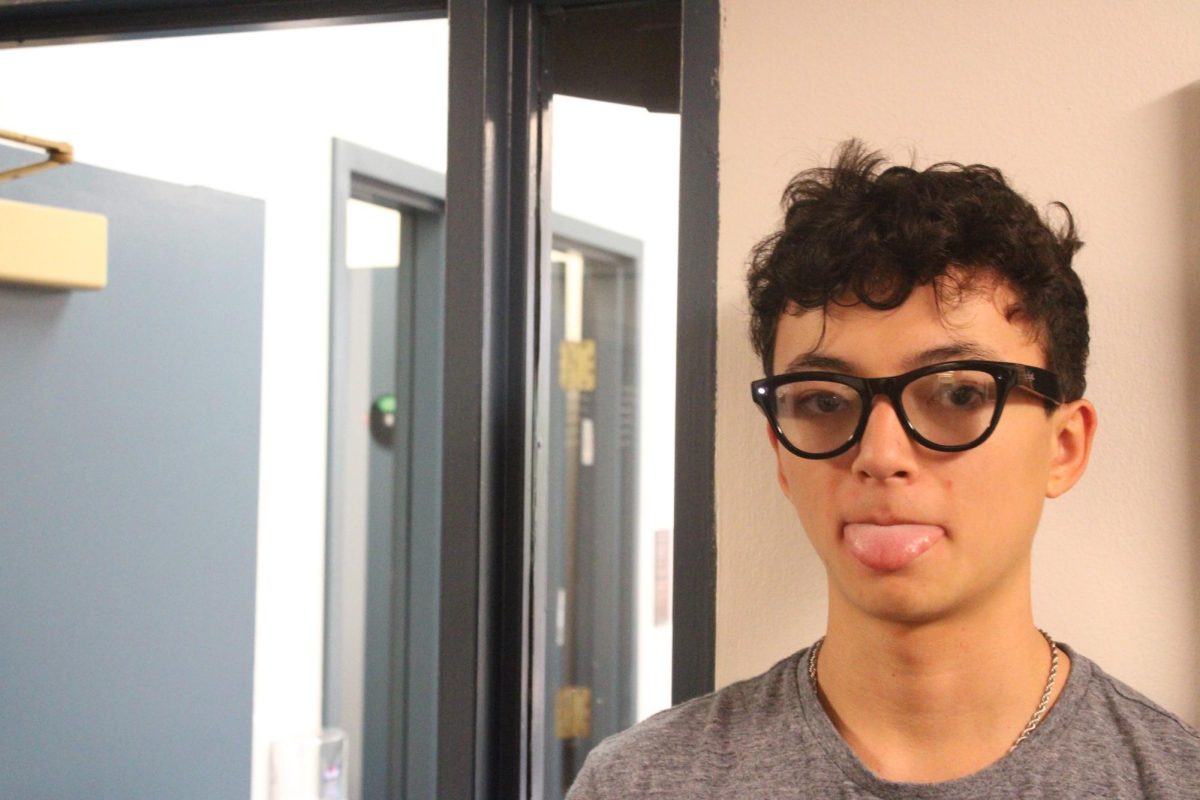
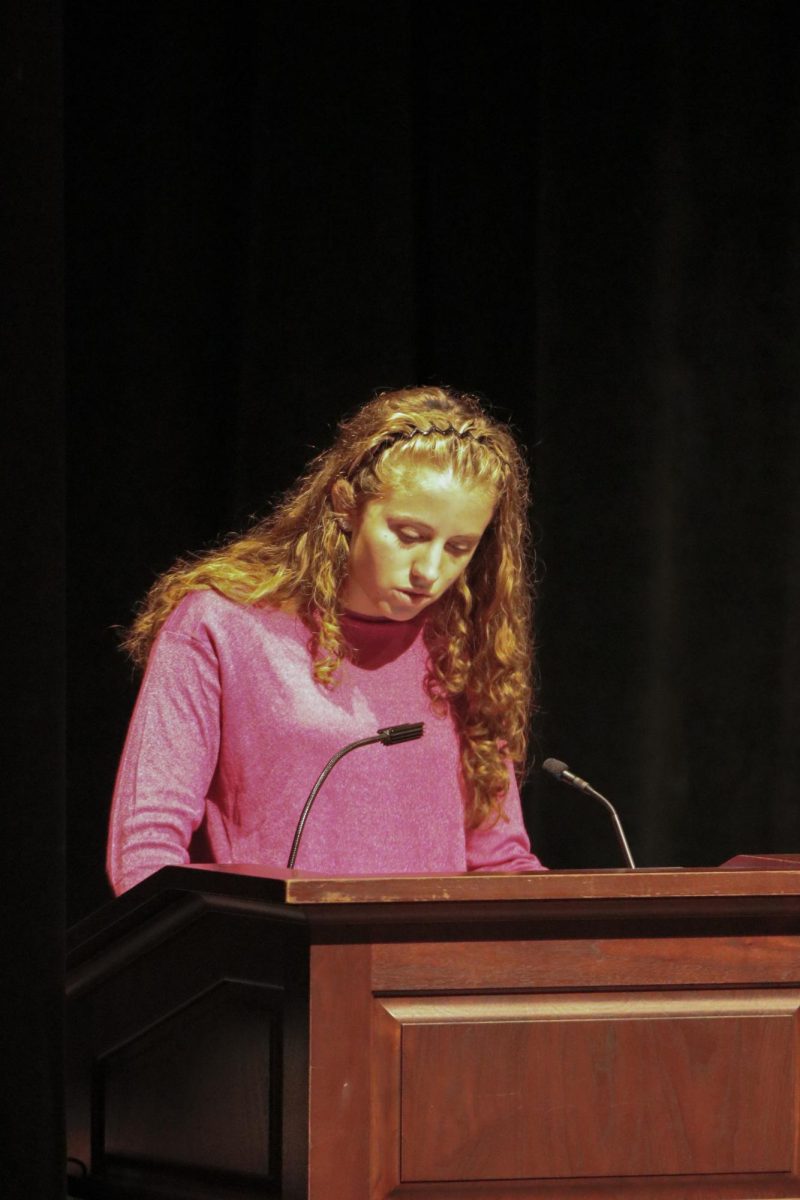
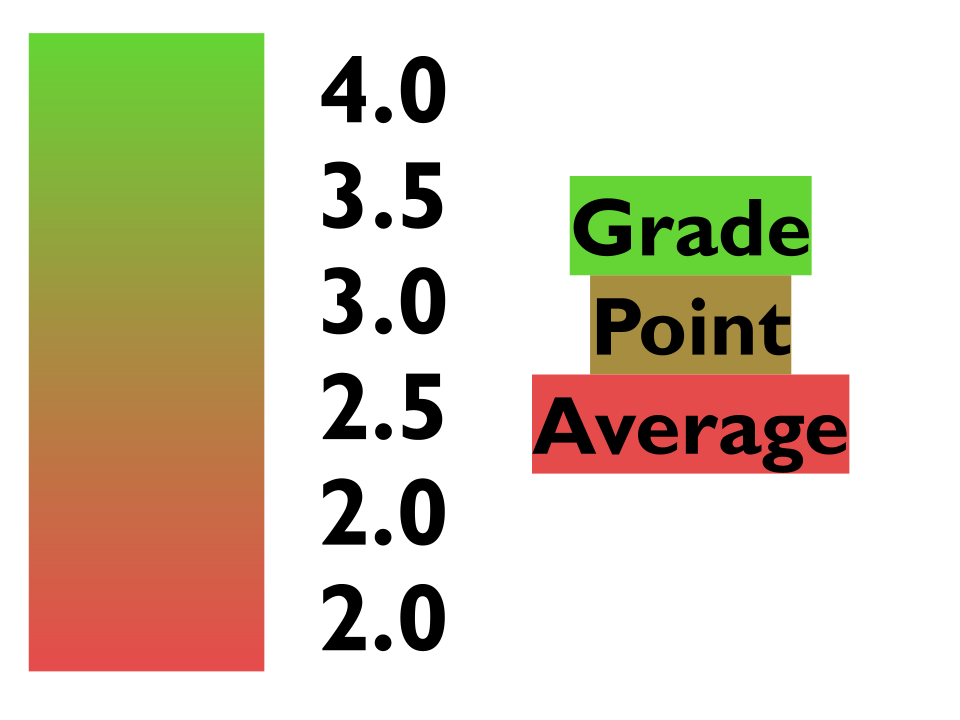









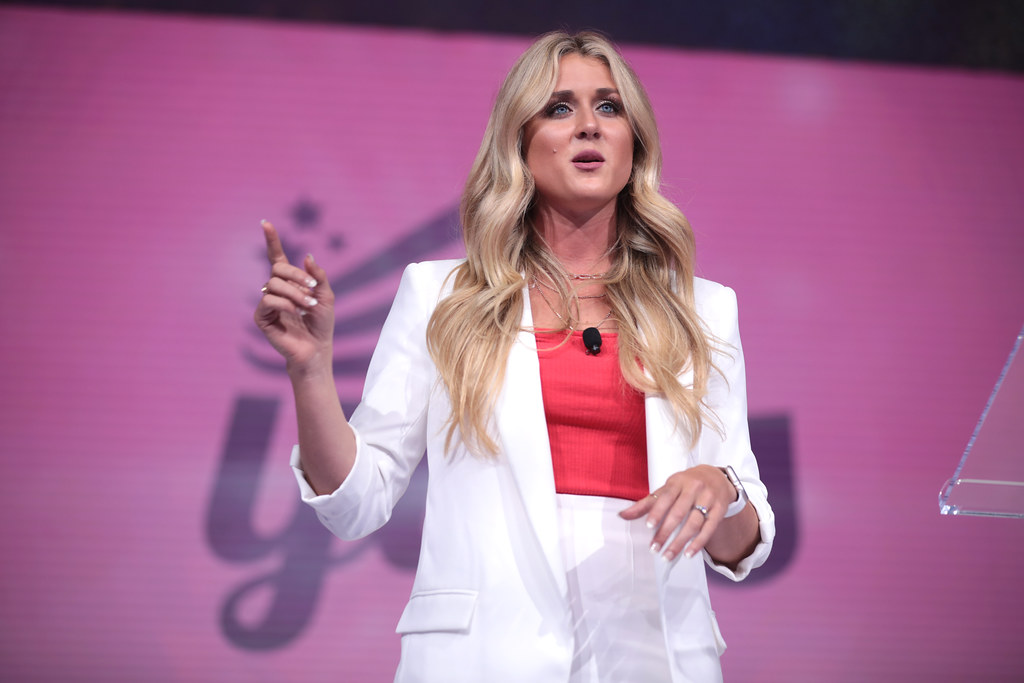
































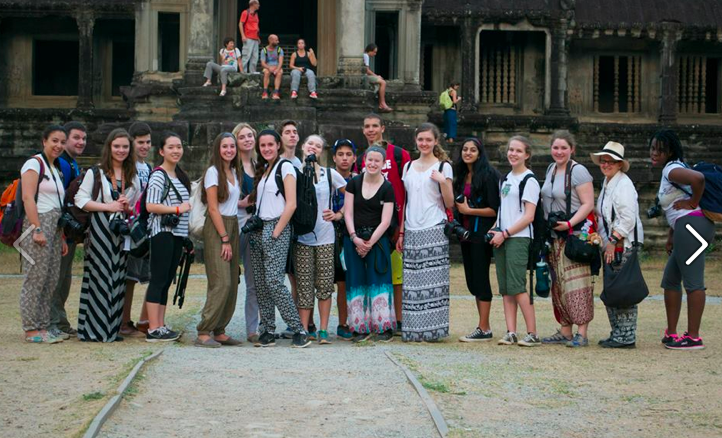
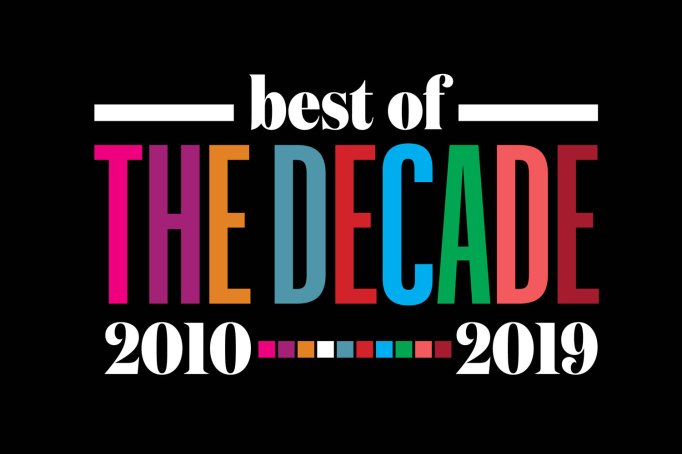
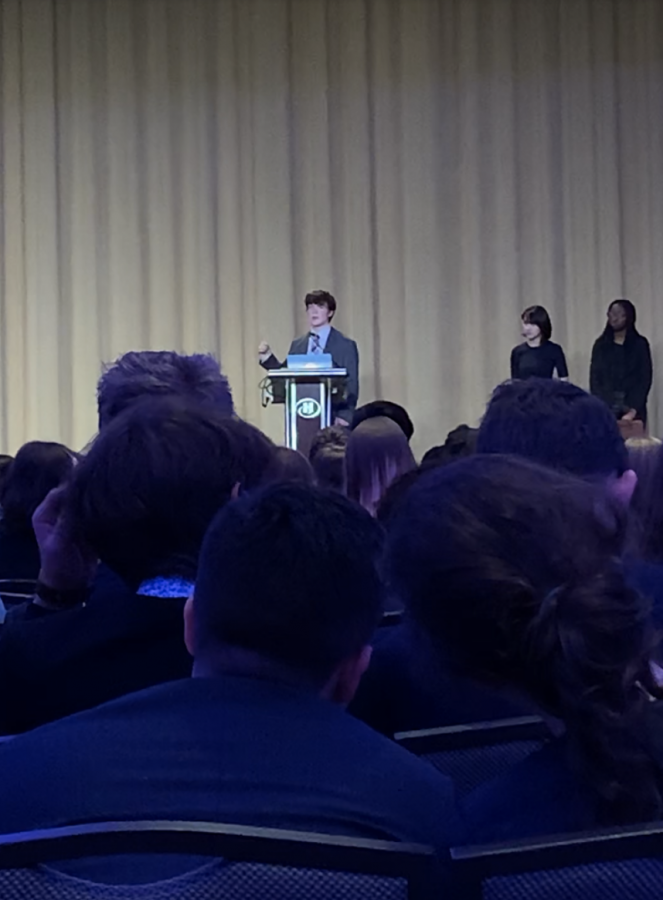
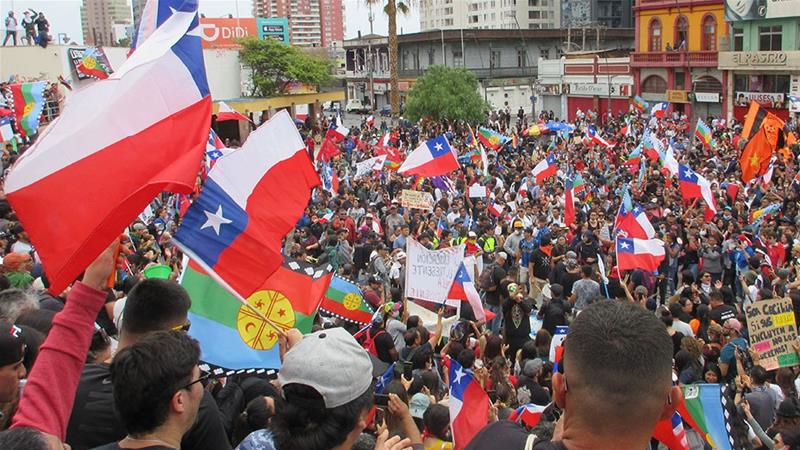

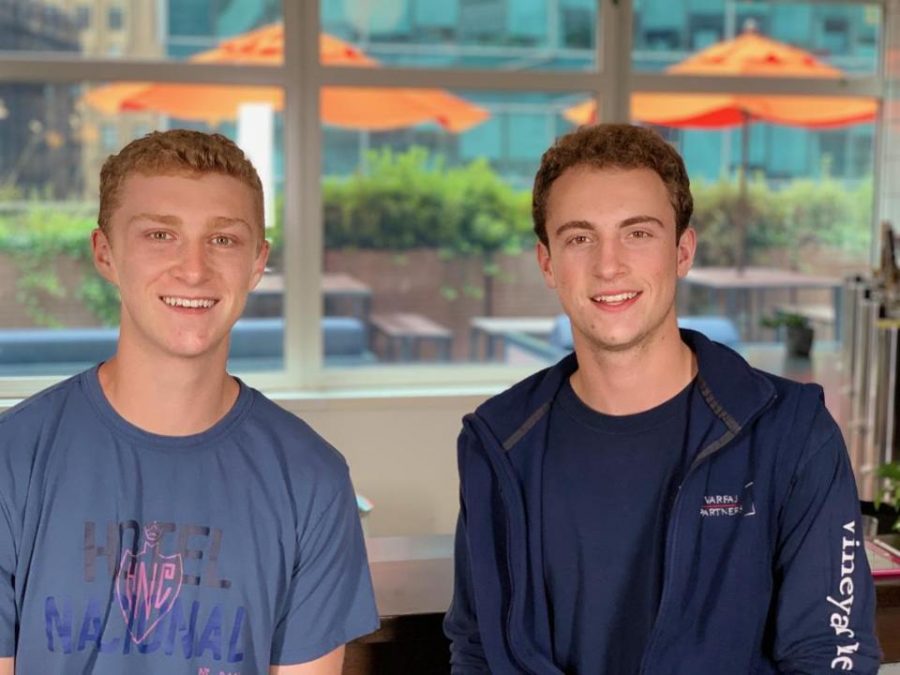
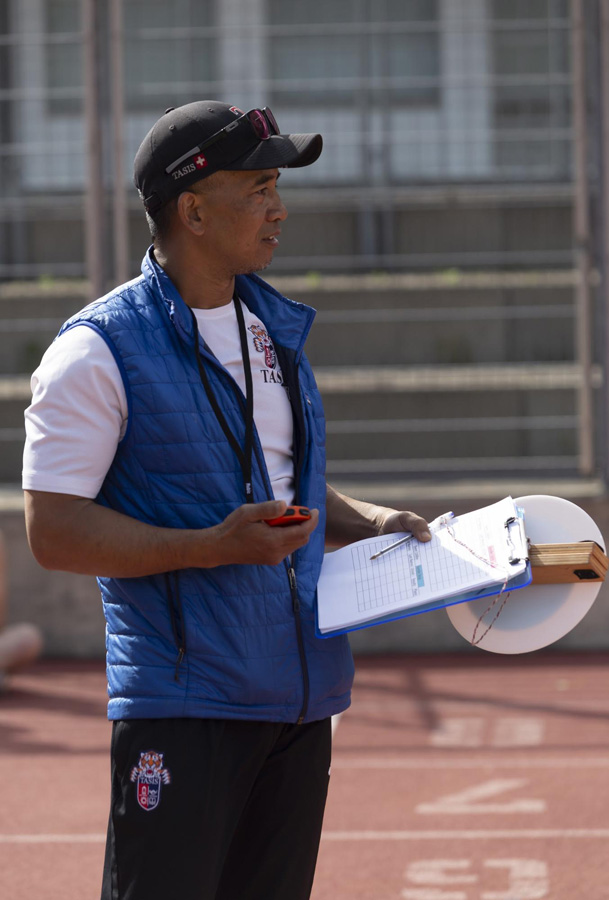
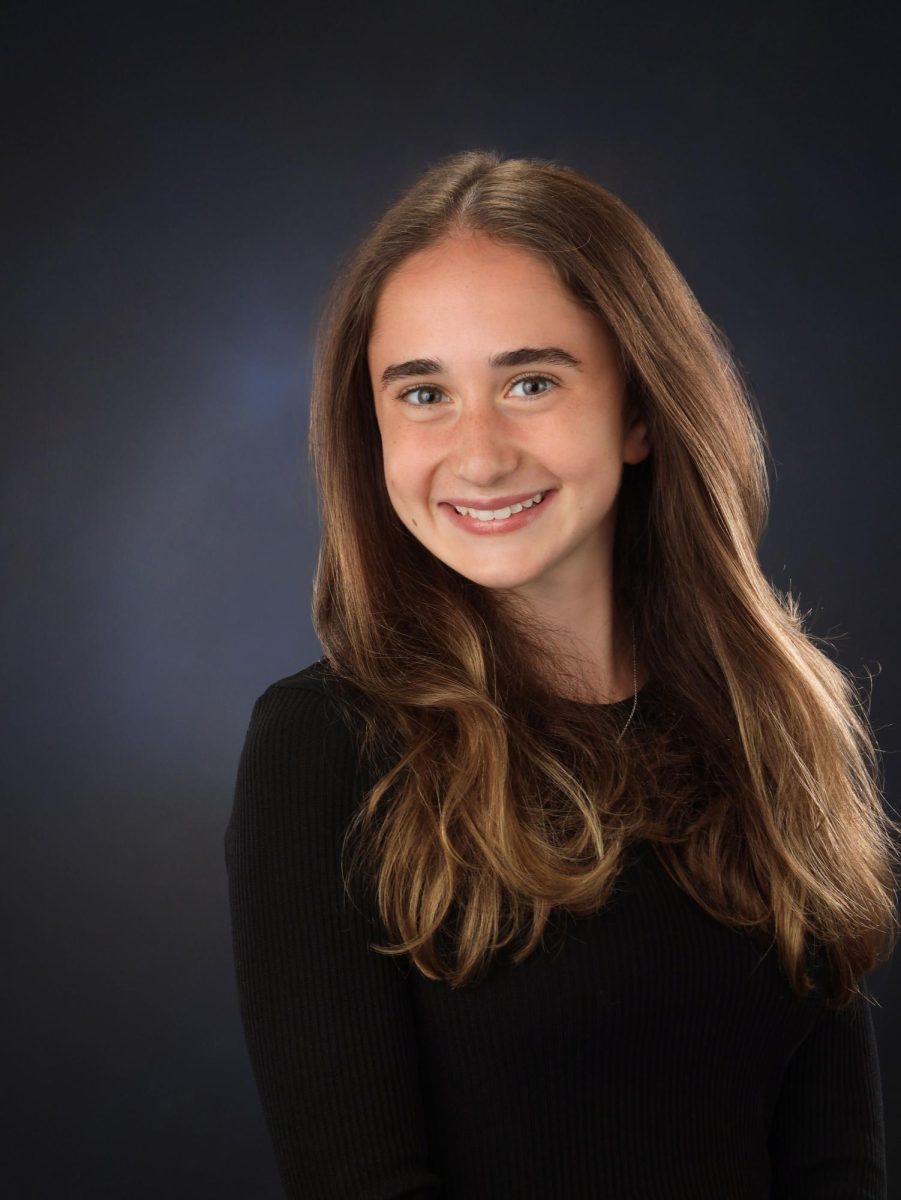

jreiner • Apr 21, 2014 at 3:03 am
I think most of the competition comes from the vast discrepancies – both those perceived and those real – between the different project weeks, especially between the in- and out-of-town P-weeks. It’s hard to compare the Sahara or Cambodia or skiing with filing art or driving to Wisconsin. I’m sure most people had a good time on every P-week. I loved my in-town 3D printing one. But still, from the social media aspect, it’s not hard to see how one can be jealous when they see a picture of Everest on Facebook and they look out the window of a school bus and see a cornfield.
As for the presentations, the whole reason they did the thing in the gym was so there wouldn’t be that competition-like feeling associated with sharing our exploits during that week. As I heard from multiple teachers, because only so many P-weeks could go in a flex block, they ended up being almost exclusively international ones, leaving in-town projects left out. One reason though why not many people saw many booths at the fair was because most students left by 10 and the booths were closed by 10:05, even though flex block unequivocally goes until 10:15. This includes teachers who left well before the closing time. However, I do agree that even if there was sufficient time, while I enjoyed seeing every group instead of just a select few, I did not get to really get a feel for most groups’ adventures.